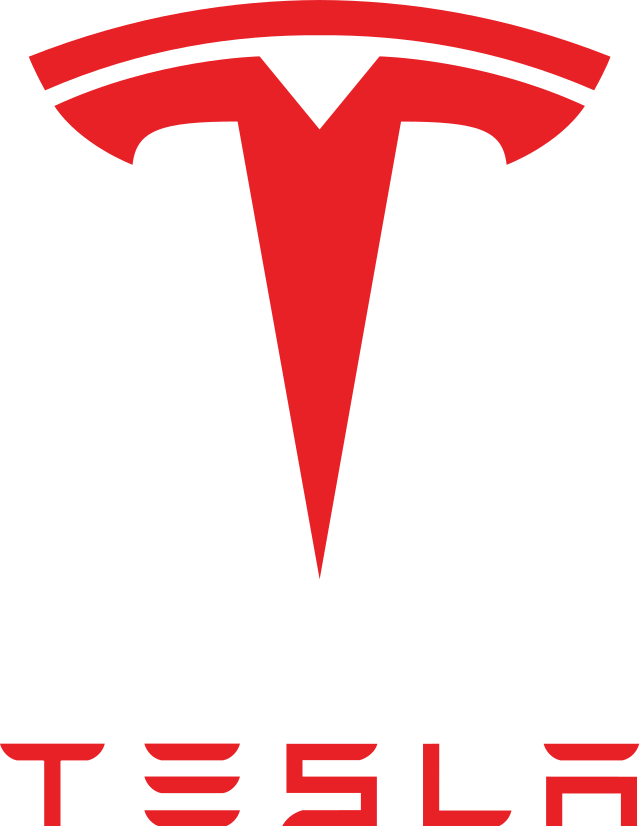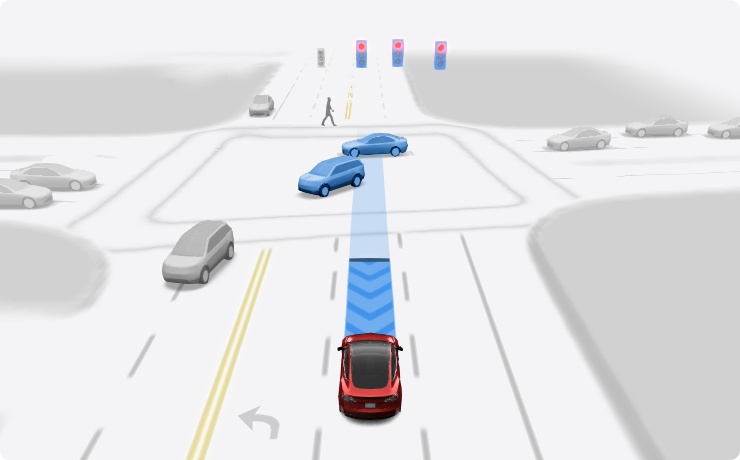A Tesla Model S in Seattle struck and killed a motorcyclist while operating in “Full Self-Driving” (FSD) mode. This incident has intensified scrutiny of Tesla’s self-driving technology, which has been central to the company’s future plans under CEO Elon Musk.
What’s Happening & Why This Matters
In April, a 28-year-old motorcyclist lost his life after being hit by a Tesla Model S in Full Self-Driving mode. The driver, a 56-year-old man, admitted to looking at his cell phone during the crash. This led to his arrest on suspicion of vehicular homicide. Tesla’s FSD software, which the company insists still requires active driver supervision, is under renewed investigation as this incident marks the second fatality linked to the technology.
The National Highway Traffic Safety Administration (NHTSA) is investigating the crash and gathering information from both local authorities and Tesla. The agency has been examining Tesla’s Autopilot and FSD systems due to multiple incidents where Tesla vehicles crashed into stationary emergency vehicles.

Experts have raised concerns about Tesla’s FSD system, which relies heavily on cameras and artificial intelligence. Analyst Sam Abuelsamid from Guidehouse Insights pointed out that Tesla’s camera-only system may struggle to accurately measure distances, which can lead to safety issues. Raj Rajkumar, a professor at Carnegie Mellon University, highlighted the challenges of training AI to handle diverse real-world scenarios, particularly involving motorcycles and bicycles in varying weather and road conditions.
Despite these concerns, Elon Musk remains committed to pushing self-driving technology forward. He envisions a future where Tesla vehicles will allow drivers to watch movies, play games, and even sleep while the car drives itself. However, this vision remains controversial as legal and regulatory scrutiny of Tesla’s self-driving efforts continues to grow.
In December 2023, Tesla recalled nearly all its vehicles in the United States to add additional safety features to its FSD software. This recall followed ongoing concerns about the safety and performance of the system, raising questions about the readiness of autonomous driving technology for widespread use.
TF Summary: What’s Next

The fatal crash in Seattle has brought Tesla’s Full Self-Driving technology under increased scrutiny. As the NHTSA investigates, the outcome may influence the future of autonomous driving regulations. Tesla’s ongoing efforts to advance self-driving capabilities face growing challenges, and the company’s response to these issues will be crucial in determining the future of its technology and maintaining public trust. The incident also raises broader questions about the safety and readiness of self-driving cars for mainstream adoption, as well as the legal responsibilities of drivers and manufacturers.


